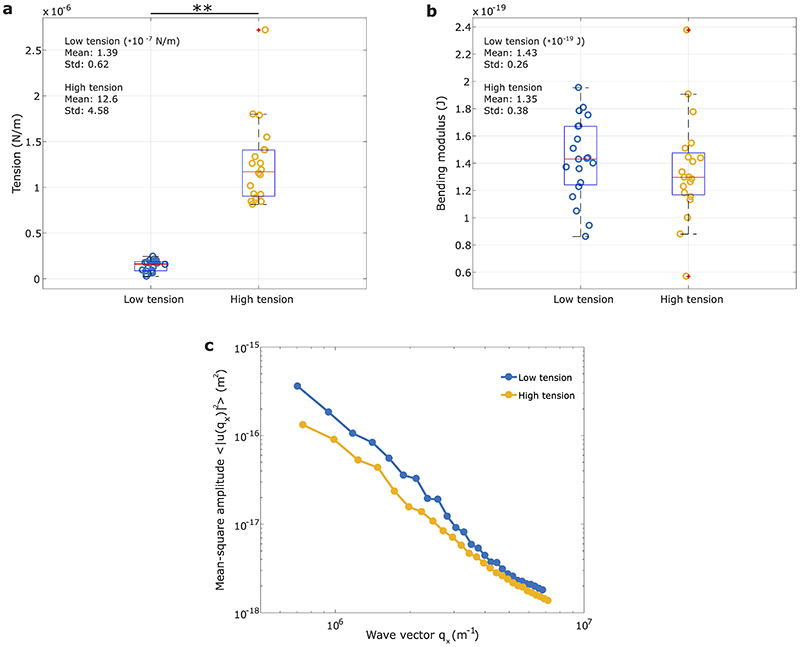Extended Data Figure 9. Decoupling tension and bending modulus with flickering analysis.
To test our ability to decouple tension and bending modulus from our data through the flickering analysis, we have taken the 20 highest tension and the 20 lowest tension cells from our database and shown that on analysing the fluctuation power spectra of these, which cover a wide enough range of q-values that both tension and bending moduli can be robustly extracted. (a-b) Boxplots for the tensions and bending moduli of the 20 cells with extreme high and extreme low tensions. While there is an obvious significant difference in tension (p=4.0302 × 10−13, two-sided Mann-Whitney U test), bending modulus is similar. (c) This is also evident from the overlapping of the two spectra for the high modes where a bending-dominated regime prevails, whereas the divergence of the fluctuation amplitudes between the two spectra becomes noticeable when tension predominates. Each mean-square fluctuation spectrum is obtained averaging all 20 fluctuation spectra for both low (blue) and high (yellow) tension cells. Since tension dominates low modes (q−1 behavior) and bending modulus dominates high modes of the spectra (q−3 trend), the decoupling between tension and bending modulus becomes evident from these two spectra (Extended Data Section S2).

